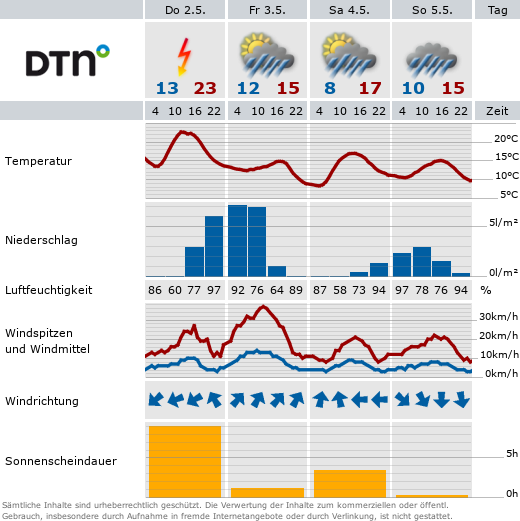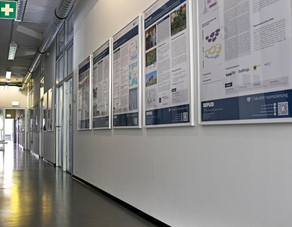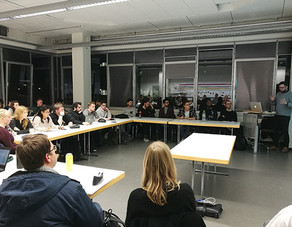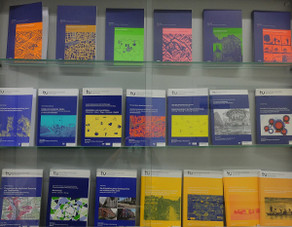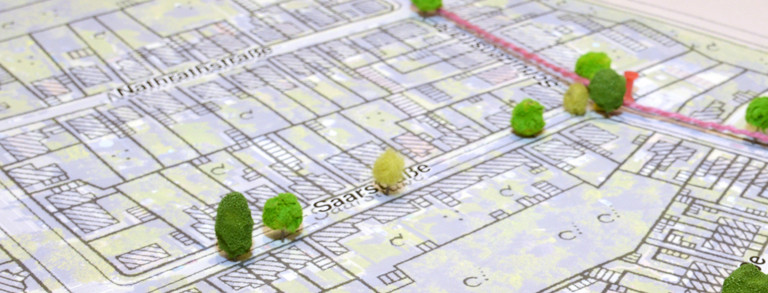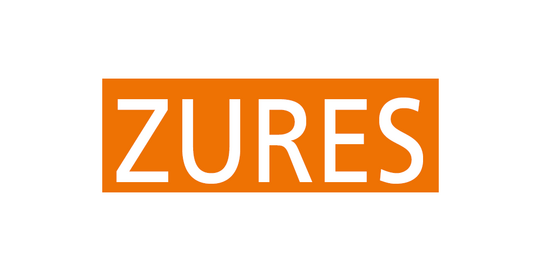ZURES - Scenario-based Vulnerability and Risk Analysis as a Tool for Promoting the Resilience of Cities and Critical Infrastructures
Project duration: 10/2016 to 11/2019
The project ZURES, funded by the Federal Ministry of Education and Research (BMBF) under the framework program "Research for Sustainable Developments" / Social-ecological research, thematic focus "Sustainable Transformation of Urban Areas", aims at the development of new methods and instruments for a future-oriented vulnerability and risk assessment of urban areas - taking into account heat stress and social transformation processes. To this end, existing assessment and planning procedures are further developed in order to create institutional prerequisites for the adaptation of planning and control processes. In close cooperation with the cities of Bonn and Ludwigsburg, transformation processes are identified on two spatial levels (the city as a whole and selected neighborhoods). Further, future changes and scenarios of the urban climate are identified on a small scale by means of vulnerability and risk profiles and linked with socio-economic scenarios for selected districts. These methodological innovations are coupled with formal and informal instruments and assessment methods of urban development, in order to strengthen institutional planning tools for future-oriented transformation management.
The focus of the IRPUD subproject is the analysis of institutional and socio-ecological framework conditions and changes, the link between the changes in climate change on the one hand, and the connectivity of formal and informal instruments on the other. In this subproject, a scenario will be developed that aims at helping to identify developmental paths. Finally, the results of the analysis and scenario phasing flow into the implementation and assessment phase in the further course of the project.
Apart from the project co-ordinator, the Institute for Spatial and Development Planning at the University of Stuttgart (IREUS), and the Institute for Spatial Planning, Technische Universität Dortmund (IRPUD), the cities of Ludwigsburg and Bonn, the United Nations University (Institute for Environment and Human Security, Bonn) as well as the consultancies agl - angewandte geographie, landschafts-, stadt- und raumplanung, Saarbrücken (Hartz agl/Saad ag) and GEO-NET Umweltconsulting, Hannover are partners in the joint project.
- ZURES-poster (German) PDF (4 MB)


